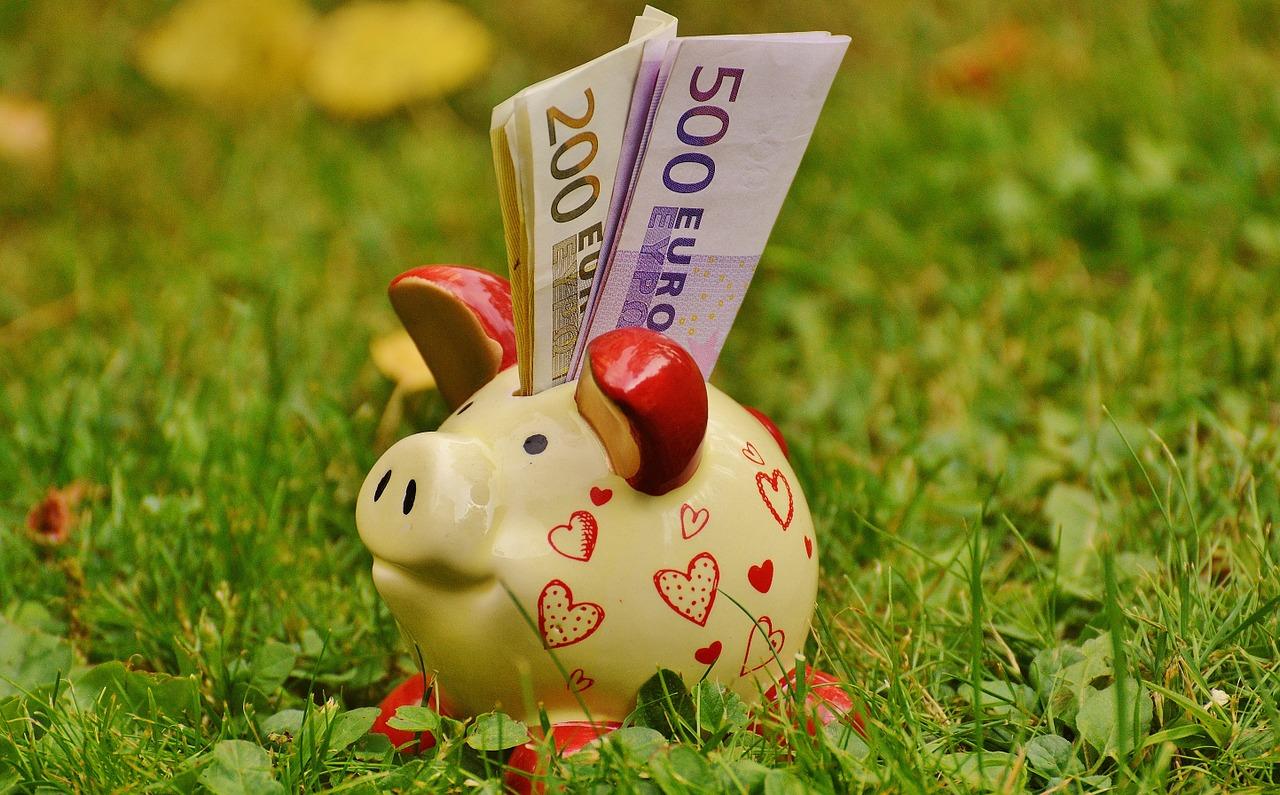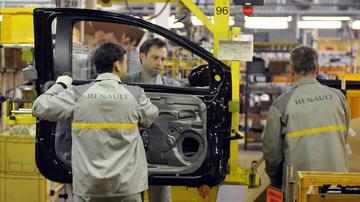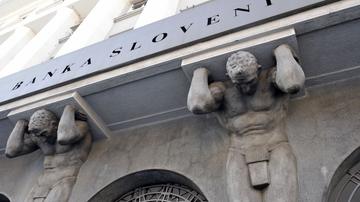Exports, at an already exceptional level, increased by 12% in the third trimester, while domestic spending increased by almost 2.5%. The trends are favorable and stable. Slovenia's economic output is among the highest in the Eurozone, which means that Slovenia's lag compared to the most developed countries is decreasing. If growth remains similar in the last three months of the year, Slovenia will close the year with a record 4.7% increase in the GDP.
Even though investment and household spending increased at a slower rate than in the first half of the year, the change can be attributed to regular variations. This year, Slovenia has 26,000 more employed people, and there is growing employment in all sectors.
Compared to the third quarter of 2008, the peak before the economic crisis, Slovenia's GDP is 3% higher, while exports are one-third higher, and individual spending is 6% higher. Only investments in the construction sector are still lagging.
Forecasts for the following year are also encouraging. Nevertheless, Finance Minister Mateja Vraničar Erman cautions that Slovenia must adapt its fiscal policy to the changed macroeconomic circumstances. "We should stay on the course of public finance consolidation, which we have set out in our budget," she says.
To maintain such strong economic growth, two adjustments are required: a considerable rise in productivity and measures against increasingly unfavorable demographic trends.






























































